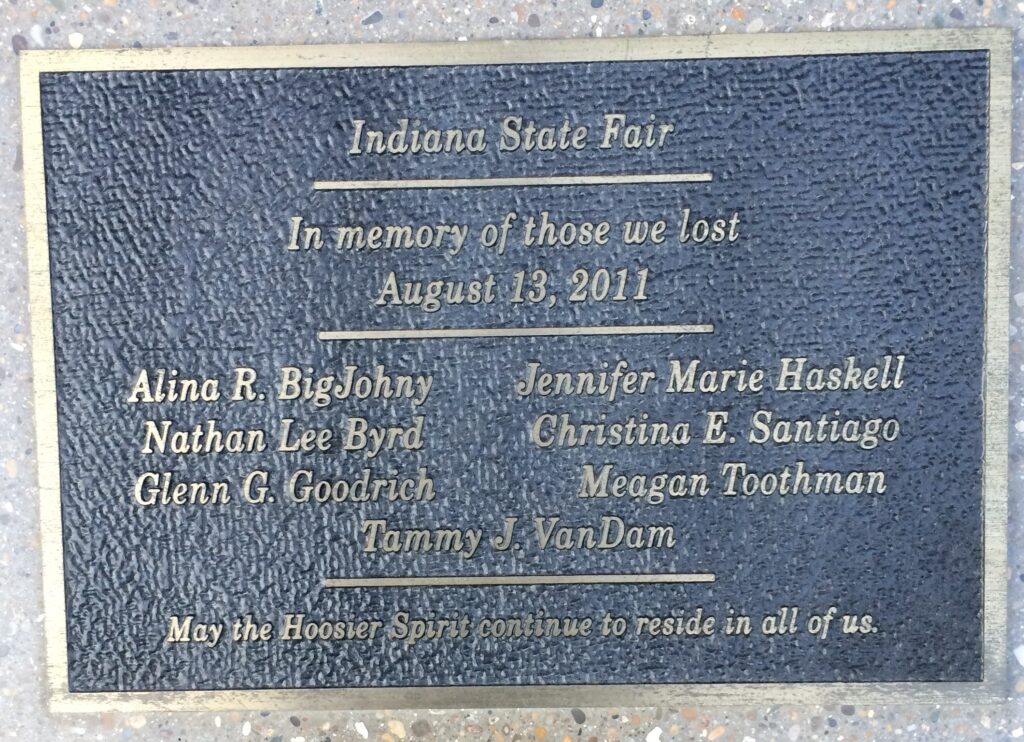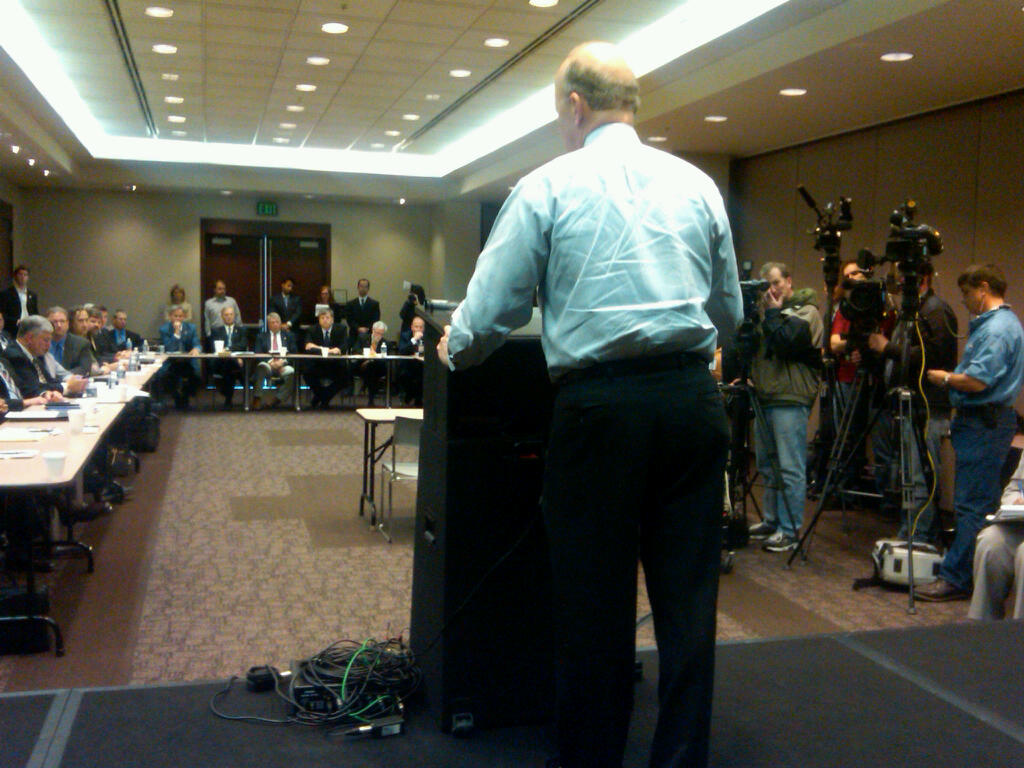On a windy summer evening in Indianapolis, as the band Sugarland prayed together before performing at the Indiana State Fair, a gust front toppled the temporary stage roof. Seven people died. As determined initially through crowd management and engineering investigations and then through litigation, the August 13, 2011 disaster was the collective result of many mistakes.

Indiana was the third of four weather-related outdoor structure failures that summer. At industry conferences over the next few months, stage roof collapses were the main topic of discussion. In green rooms and on stages, event professionals lamented the injuries and deaths. We also worried about our livelihoods if fans didn’t feel safe attending events, or if our colleagues didn’t feel safe working them.
Fortunately, we are doers. After a reasonable period of handwringing, an idea gained traction to form a new organization focused entirely on event safety. This effort was most energetically promoted by Jim Digby, tour manager for the band Linkin Park.
Jim was my student when I was an instructor with IAVM’s Academy for Venue Safety & Security. He was the first tour manager to take the course. Like many others, I gravitated to his charisma and enthusiasm for what seemed like an obviously good idea.
In early 2012 we formed a new organization called the Event Safety Alliance with Jim as President and me as Vice President. ESA has always been blessed with smart friends, and we needed them for our first task – persuading the State of Indiana not to enact rules that would put them out of step with the rest of the U.S.
An early supporter used personal connections to get us a meeting with Indiana Governor Mitch Daniels. I was too busy to think about it at the time, but that was a bold move by an organization that wasn’t even incorporated yet. To the Governor’s credit, he and his leadership team let us pitch an alternative to a legislative solution.

The meeting took place thirteen years ago, on April 23, 2012.
Most of what I remember comes from my few pictures from that day. Jim spoke about creating a culture of safety. Tim Roberts of The Event Safety Shop explained that we had permission from the UK’s Health and Safety Executive to adapt their “Purple Guide” as a foundation for an American event safety guide. I shared lawyerly thoughts about why industry-generated guidance would protect Indiana citizens better than well-intentioned elected officials trying to regulate event production and operations. The rest is a blur.

Whatever we said, it worked. Governor Daniels agreed not to legislate a solution in favor of us creating the sweeping guidance we promised.
Fast forward to November 2023. The Event Safety Guide was published. It proved an immediate hit in North America, and it was soon translated into other languages as well.
The Event Safety Guide remains a leading source of comprehensive safety guidance for event professionals. We have turned portions of the original treatise into five American National Standards, with a sixth on the way next month. We will soon release the first chapter of a second edition Event Safety Guide that is updated for today’s events and hazards.
It is often said that the value of safety is hard to prove because when well-trained people implement thoughtful safety plans, nothing happens. That’s usually true. But in Indiana, there was another outdoor event just a few miles away. They saw the same weather coming towards them. At Conner Prairie, however, they quickly moved people to shelter and their properly engineered structures withstood the storm. At that venue, nothing happened, but one had to look just a few miles away to see the value of their safety planning.
The news reminds us of the continuing importance of building safety into our events. Thirteen years ago, a group of us made a bold promise to reshape how our industry prioritizes its work. That was a good start. The Event Safety Alliance has new projects underway to continue that mission. We hope you’ll join us.
